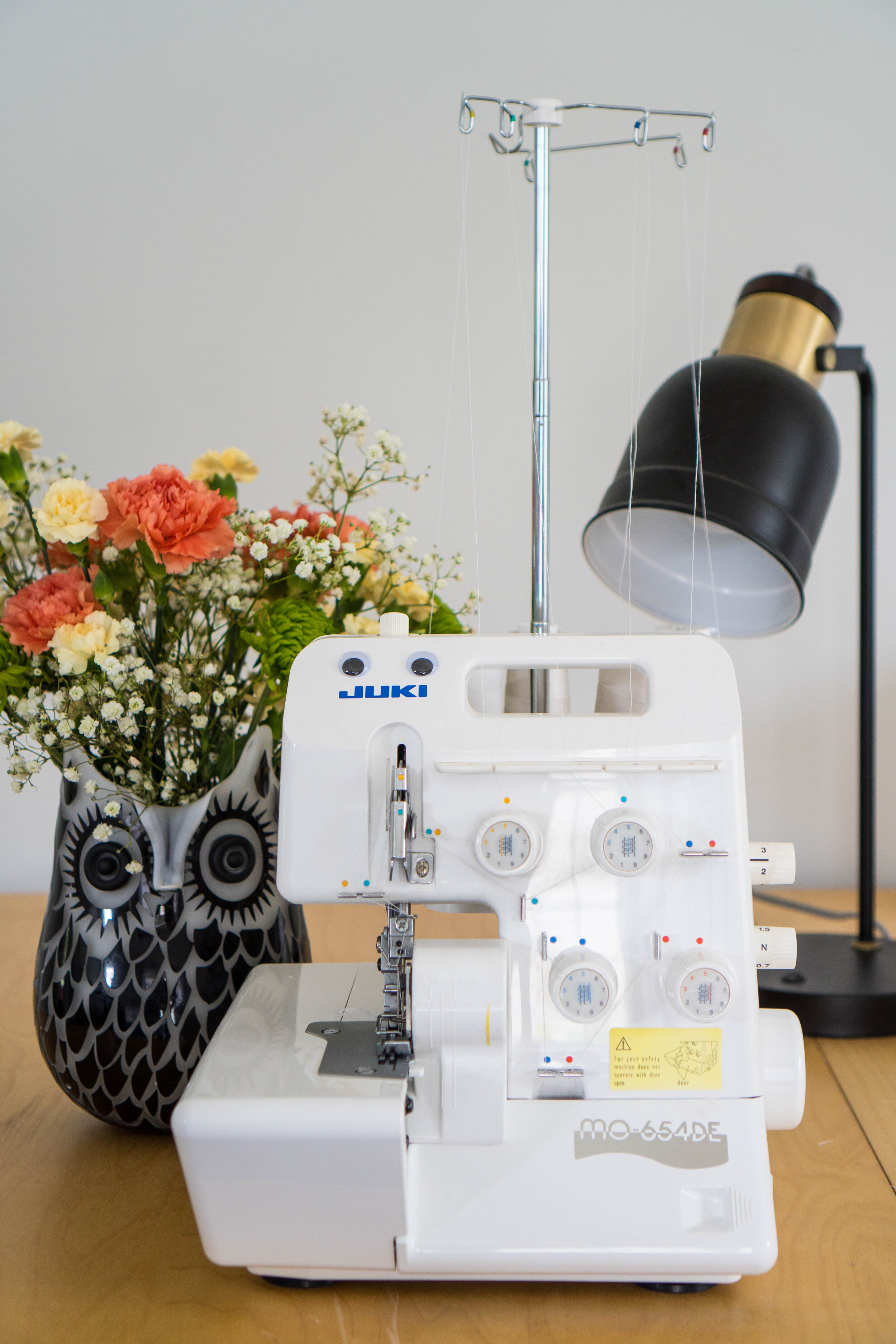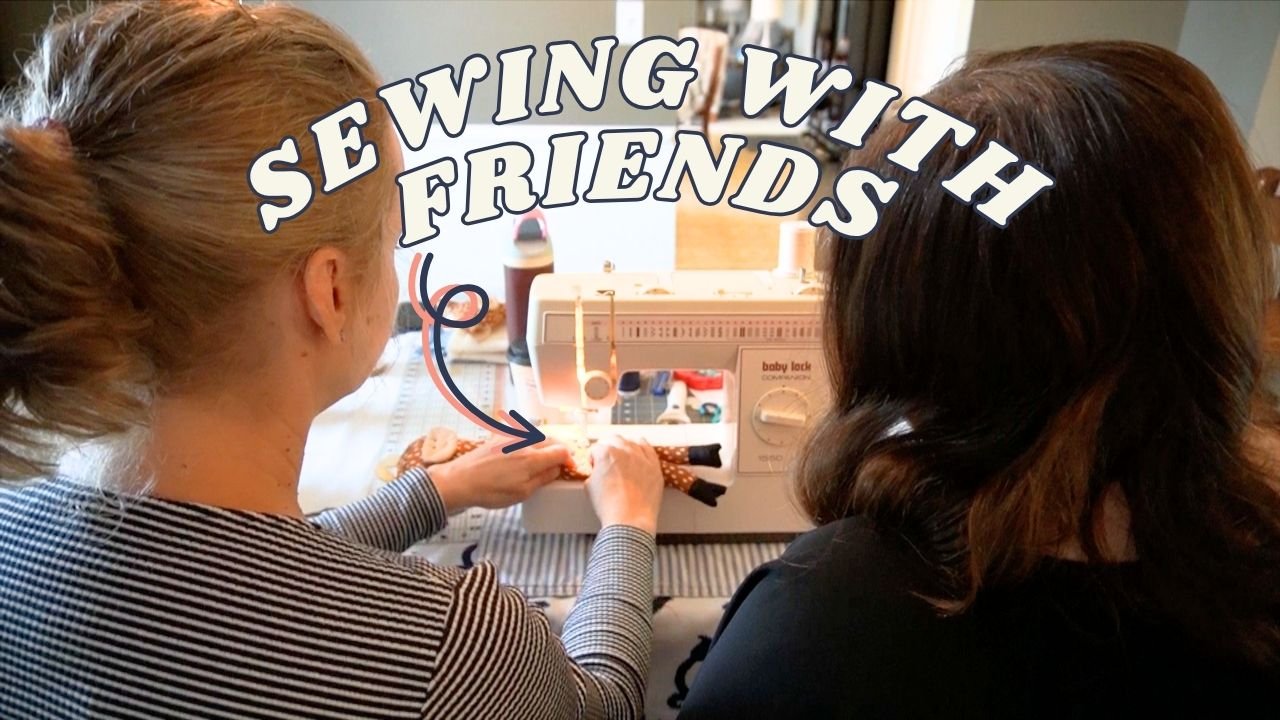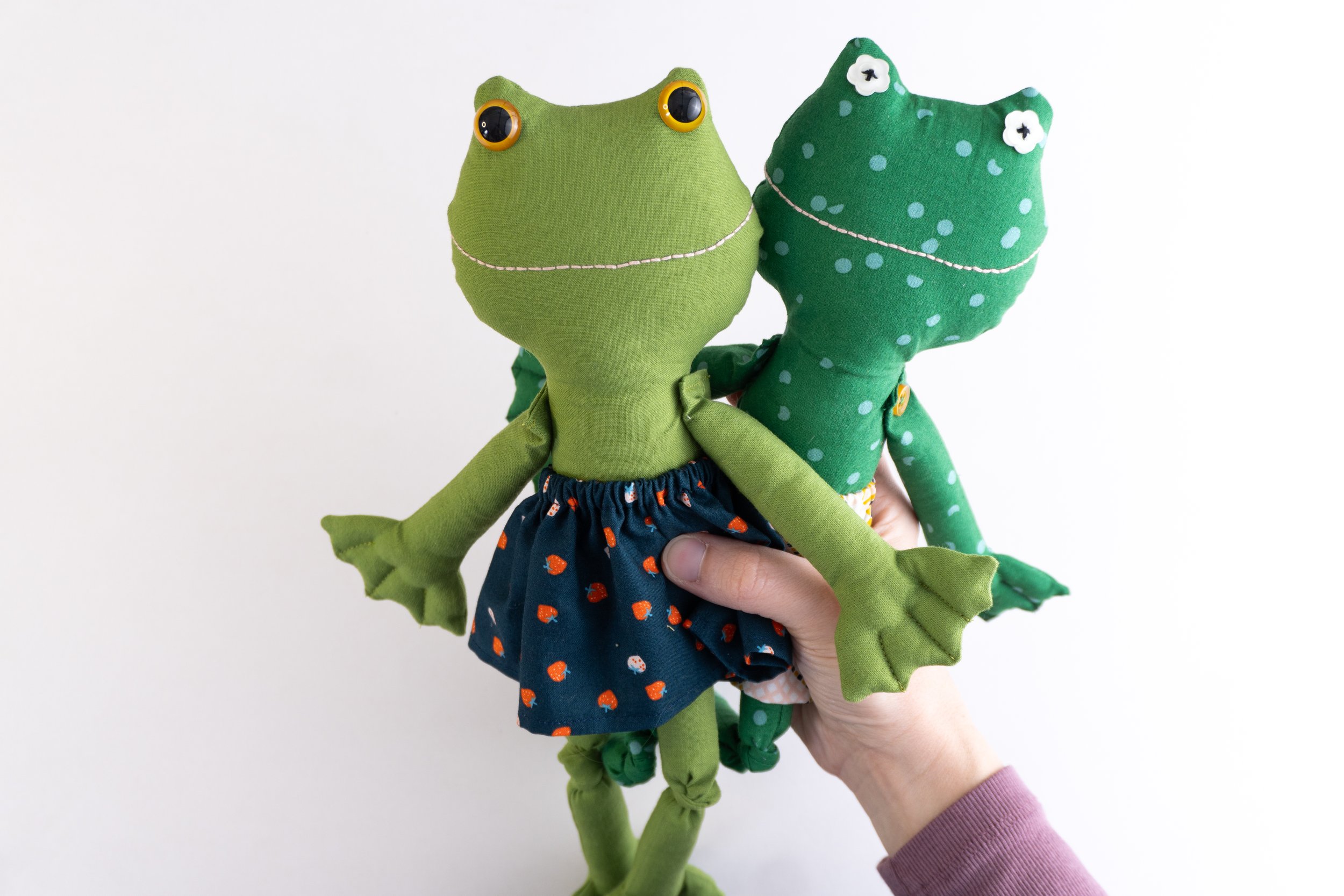Do I Really Need a Serger?
If you’ve been sewing for awhile and don’t already own a serger, you may have wondered, “what the heck is a serger and do I really need one?” Also known as an overlocker, a serger is a special sewing machine that finishes raw edges of fabric neatly, to put it very basically. A serger is a great companion to a regular sewing machine, but it’s definitely not necessary for everyone and is more useful for certain genres of sewing than for others. Can you sew pretty much anything without a serger? Yes, you absolutely can! But there are some great reasons to add a serger to your sewing table, which I’m here share with you today.
If you’re wondering whether or not you really need a serger, this is the post for you because I’m about to offer you some things to think about if you’re thinking about investing in a serger.
This post may contain affiliate links, which means that while I am not paid to promote certain items, I will earn a small commission should you purchase items through these links. For more info, see my disclosure policy.
What is a serger?
A serger, or overlocker machine is a three or four thread machine that neatly finishes off the raw edges of your sewing project. It can also do a rolled hem, which is often used to hem formal gowns, and can do some fun things like gather fabric, or a lettuce edge hem. But mostly, it’s for finishing edges nicely. Take a look inside your store bought clothing and you’ll find serged edges.
What are the advantages of having a serger?
The greatest benefit to having a serger is to finish those raw edge in order to keep things from fraying after you’ve made them, which is most useful for garment sewing. If you’ve ever sewn an item of clothing only to have the insides become a raveled mess in the wash, you can imagine how valuable a serger can be for sewing clothes!
So, the first huge advantage of having a serger is that it keeps those seams from unraveling!
The other big perk to owning a serger is that it makes sewing knits (stretchy fabrics) a TON easier. While you can sew knits on a regular machine (I’ll get to that in a minute), you may experience popped seams or stretched out necklines. A serger’s sews those same seams while maintaining stretch, which makes it ideal for sewing knits. There are patterns for knits that you can sew without using your regular machine at all! A serger is so much faster and creates such a nice finished product when it comes to sewing knits.
So who really needs a serger?
People who sew clothing will benefit greatly from a serger. Your garments will last longer and look nicer, and you won’t be trimming thread nests off the insides after every wash.
People who often sew knit fabrics will love having a serger. Even if it’s not clothing, but knit burp cloths or baby hats, stretchy headbands, etc … A serger may be right for you!
People who want to sew items for sale. Selling items with neatly finished edges and insides will definitely look more professional.
Who doesn’t need a serger?
If you’re a craft sewist only, or a strictly a quilter, or do light sewing here and there, you probably won’t use a serger much at all. I’d put my money into a nice quilting machine instead!
What is a good serger for beginners?
Before I give you my recommendation: I’ve given this advice before and I’ll give it again: do not buy the cheapest machine out there! There are entry level sergers, just like there are entry level sewing machines, and the quality just isn’t there. Spend a little bit more and get one that will last for years, will grow with you, and will not cause you frustration.
My other advice for purchasing a serger to to be careful buying a used one. I have used sewing machines that I’ve had great experiences with, but the used serger I bought once was a different story. It had some rusty parts and didn’t work well at all. Around the same time, my friend had a similar experience buying a serger on Ebay that arrived completely rusted out! So if you do buy a used one, do it in person and make sure you can inspect it and require a demonstration first!
End of PSA.
If you have a little more to spend or have eye troubles that can make threading a serger difficult (or if you just don’t want the hassle!), consider a serger that threads itself, like this Juki model.
What if I can’t buy a serger? Can I make do without one?
YES! Yes you can. In fact, I sewed for many years without one, even clothes. I made do! I couldn’t afford a serger for a long time, so I learned techniques for both sewing with knits and for finishing seams. My garments had some messy insides before I learned those techniques, but it’s not like they fell apart or anything, ha! Here is an article I wrote about finishing seams without a serger.
For knits, you have options on your regular sewing machine that will allow for stretch so your seams don’t pop. Most machines have a stretch stitch that looks like a little lightning bolt. Another option is to sew two rows of straight stitches 1/8” apart for every seam and then trim the seam allowance. This is the method I always used and it worked great!
I hope this has been helpful for you if you’re considering buying a serger! Feel free to reach out if you still have questions or are on the fence. I’m happy to help!
Cheers :)
Nikki













